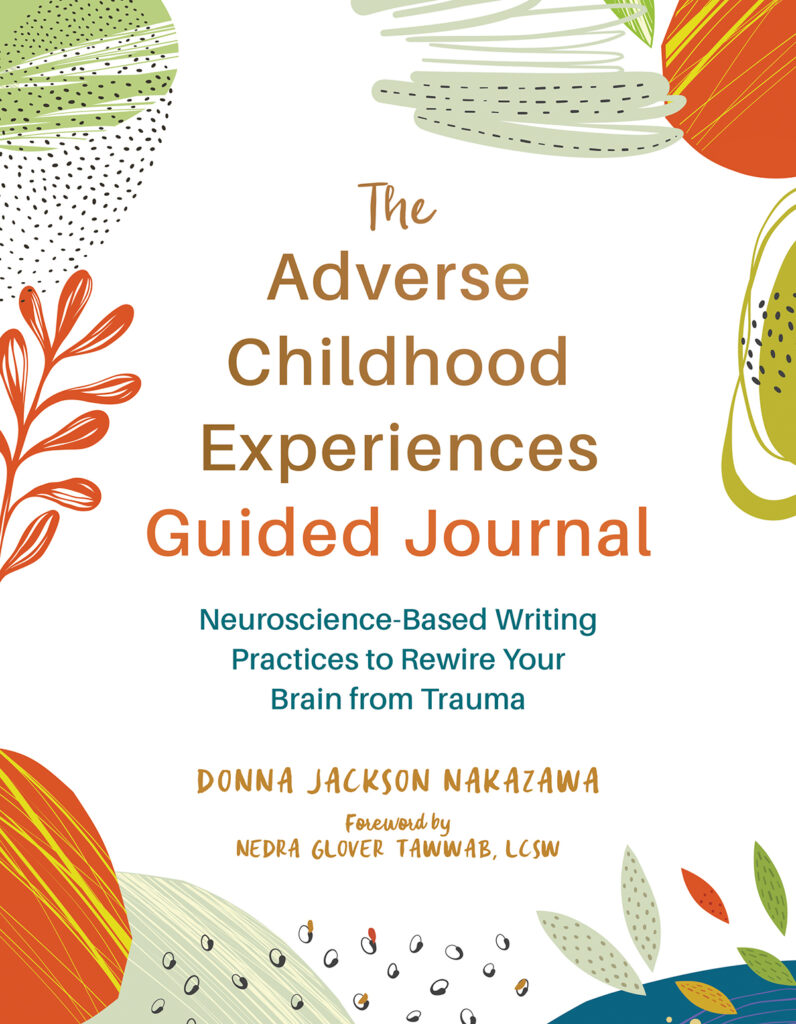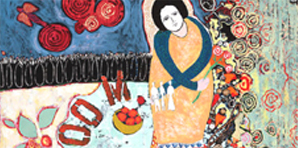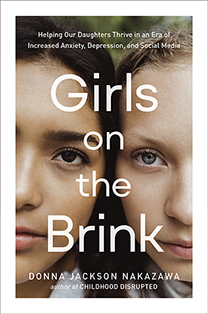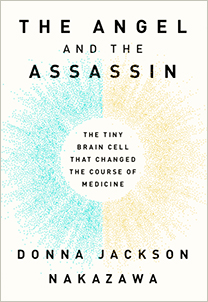
In 1994 the Women’s Health Initiative set out to do the largest study of the relationship between our state of mind — an optimistic state, or a pessimistic world view — and cardiovascular disease to date – on ninety-seven thousand women.
These women, who were healthy at the start of the study, were followed for eight years, up until 2002. The way they viewed the world was measured through what’s known as the validated Life Orientation Test (LOT), which asks respondents ten statements such as: “In unclear times, I usually expect the best,” and “If something can go wrong for me, it will.”
You can take the test here, and find out how you score.
Each subject’s education, religious attendance, health, depressive symptoms, body mass, alcohol and cigarette use, blood pressure, and cholesterol levels — anything that might also influence their health — were also recorded at the start. They were looking for patterns of health in this large population of women. Women who scored in the top twenty-five percent for optimism experienced 30 percent fewer coronary deaths than the pessimists — those women who scored in the bottom twenty-five percent for optimism. In fact, the more optimistic a woman was, the less likely she was to die from all causes.
Let me know how you do on the Women’s “Life Orientation” Test. I know in my own life, I can do so much better. Wanting to heal my world view — my brain, and my body — is what led me to take on the quest for The Last Best Cure.



















